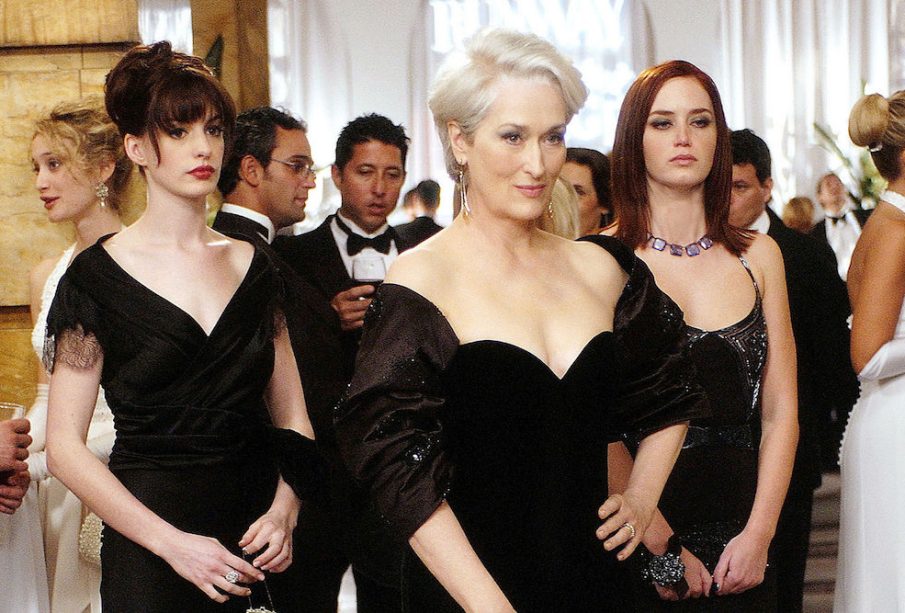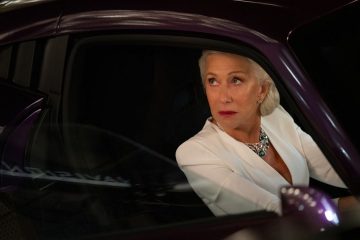The Lasting Influence of the Devil Wears Prada

Introduction
The 2006 film The Devil Wears Prada, directed by David Frankel, quickly became a staple of fashion and cinema. Based on Lauren Weisberger’s bestselling novel, the film delves into the demanding world of high fashion through the eyes of Andrea Sachs, played by Anne Hathaway, who secures a job as an assistant to the formidable Miranda Priestly, portrayed by Meryl Streep. Its importance lies not just in its star-studded cast but in its cultural commentary on the fashion industry, ambition, and sacrifice. As we approach nearly two decades since its release, the film’s relevance continues to resonate, making it a frequent topic of discussion in fashion circles and beyond.
Plot Overview and Cultural Impact
The Devil Wears Prada follows the journey of Andrea, an aspiring journalist who takes on the role of assistant to Miranda, the editor-in-chief of the fictional fashion magazine Runway. As Andrea navigates the high-pressure environment of the fashion world, she transforms from a frumpy outsider into a stylish insider. The film explores themes of identity, ambition, and the sacrifices made in the pursuit of success. The characters, particularly Miranda Priestly, have become iconic, with quotes and fashion moments that have been widely referenced in popular culture.
Fashion Significance
The influence of The Devil Wears Prada extends well beyond its narrative. The film features high fashion brands like Chanel, Prada, and Versace, bringing them into mainstream consciousness. Costume designer Patricia Field managed to craft a visual narrative that highlighted the transformation of Andrea’s character while also showcasing the artistry of fashion. This has led to increased interest in fashion education, with many young people inspired to pursue careers in fashion design, styling, and journalism.
Legacy and Continuing Popularity
As the film approaches its 20th anniversary, it remains a relevant touchstone in discussions about workplace expectations and women’s roles in both society and business. Recent anniversaries have spurred social media conversations, with fans revisiting the film to explore its lessons and satire of the fashion industry. Additionally, The Devil Wears Prada has inspired various merchandise, from clothing collections to themed events, indicating its lasting popularity.
Conclusion
The legacy of The Devil Wears Prada is undeniable. It serves not only as a film but as a commentary on the complexities of ambition and self-identity within the high-pressure world of fashion. As new generations discover the movie, its influence continues to shape the narrative around fashion, encouraging dialogue about women’s empowerment, corporate culture, and personal sacrifice. Looking ahead, it’s clear that the impact of this film will endure, inspiring and influencing countless individuals in the years to come. For anyone interested in the interplay between fashion and film, The Devil Wears Prada is an essential watch.








